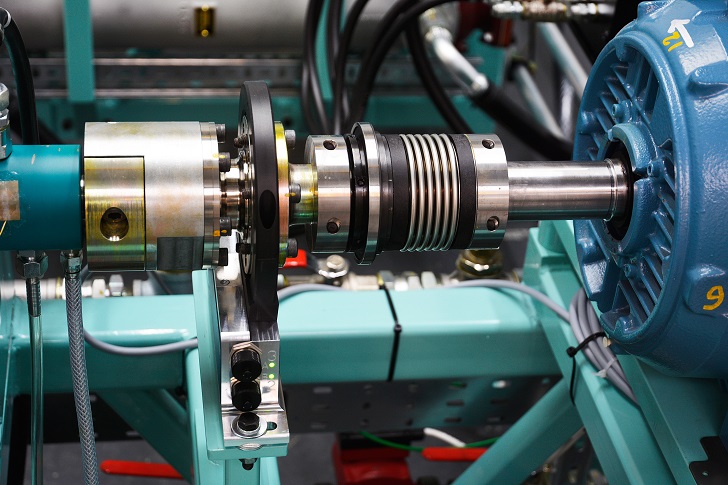
Given the cost of electricity consumption and the associated CO2 emissions, one UK water company wanted lower energy costs, improved efficiency and a reduced environmental impact. With this as their aim, they agreed to trial a new compressor.
Lontra, the company who provided the compressor, worked with Severn Trent Water for over a year to evaluated its entire wastewater estate. The blade compressor that they installed is a step change in air compressor and blower technology. It is best imagined as a piston and cylinder, but with the cylinder wrapped around into a ring doughnut shape.
Minimizing waste
With a traditional piston and cylinder machine, as the piston drops down in the cylinder, it draws in air above it and, as it goes up again, compresses air in front of it. The compressor uses a circular mechanism to supplement the old rotary technology by compressing air or gas in front and inducing air behind the blade in continuous motion, with the aim of minimizing waste. This means that it has an almost continuous cycle of drawing in air behind and compressing air in front; a new geometry that is quieter, smoother and more efficient.
Severn Trent Water employs over 5,000 people and serves around 4 million households and businesses across the heart of the UK, delivering 1.8 billion litres of drinking water a day to their customers. Their systems operate around the clock, handling more than 2.5 billion litres of wastewater every day. Operating and maintaining the vast network of sewers and treatment works is a huge and resource intensive engineering challenge.
It requires regular, large scale investment to maintain the quality standards that are demanded by customers, regulators and politicians. The activated sludge process is reliant on the injection of air into wastewater, encouraging the large-scale growth of natural bacteria that breaks down its impurities.
More conventional compressors, or ‘blowers’, that are used to inject air into wastewater consume vast quantities of electricity, costing Severn Trent over £9 million a year. This is more than half the entire cost of wastewater treatment.
Fresh look
The knowledge gained from the joint study allowed the company to take a fresh look at the challenges faced in wastewater treatment and to design a solution for the needs of the industry as a whole. The results were positive and so Severn Trent agreed to part-fund a trial alongside the Carbon Trust.
The compressor first went into operation at Severn Trent’s Worcester site in September 2012. It ran full time as a ‘duty blower’ without issue for more than seven months. The site’s instrumentation, supervisory control and data acquisition system (SCADA) showed that the conventional blowers on site used at least 21% more electricity to deliver an equivalent amount of air when compared to the compressor.
The compressors were installed across all of Severn Trent’s wastewater treatment works which could save the company more than £1.8 million a year in electricity costs and reduce the company’s carbon emissions by 3%. Severn Trent subsequently considered a large scale replacement programme. The on-site instrumentation for the compressor and the comparative blower were upgraded to laboratory standard.
By the end of the trial, the compressor had been running for over 10,000 hours, which equates to more than three years of normal operation without issue.
